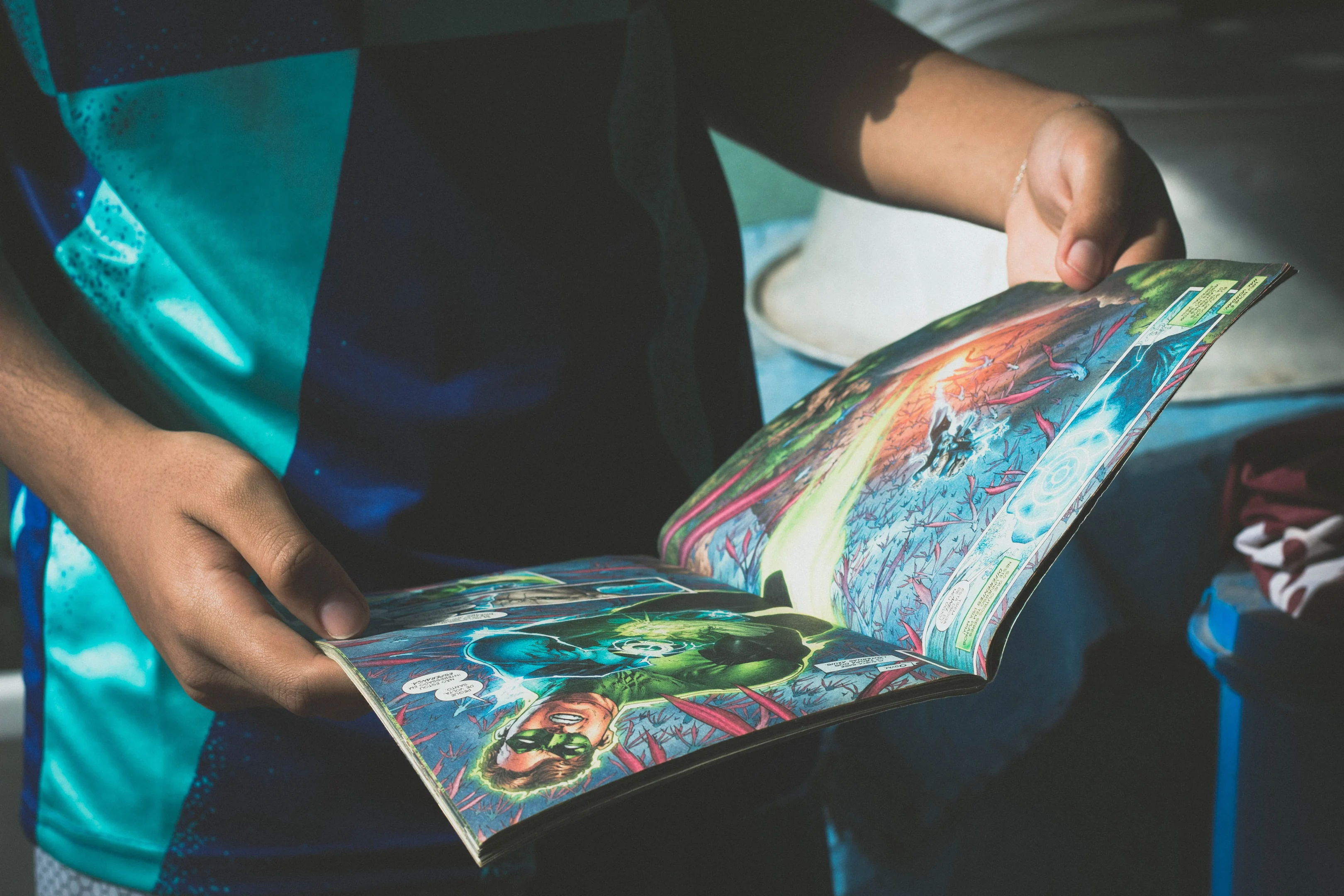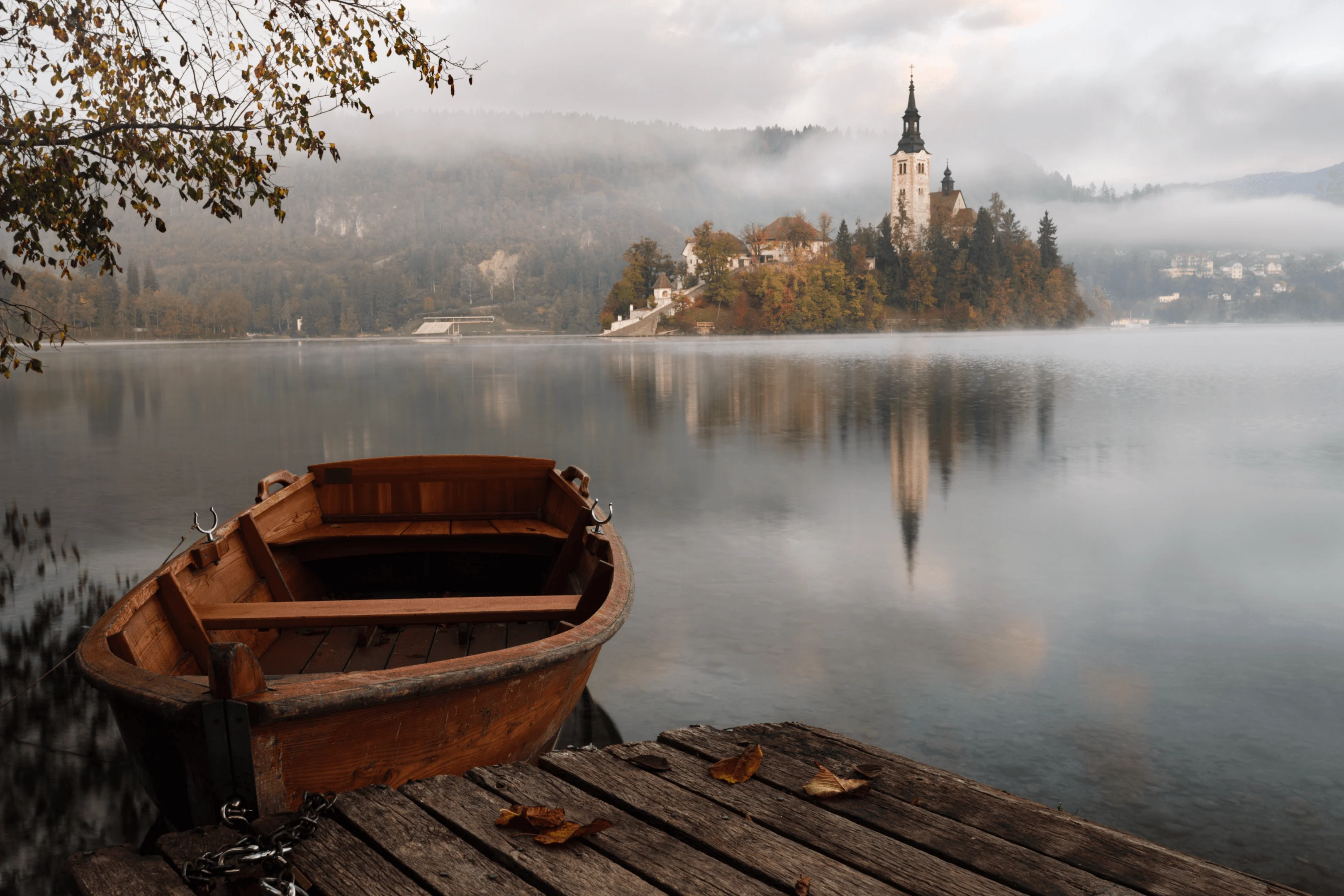
Are you looking for inspiration to teach your students how to write their best, most brilliant stories?
Look no further! I have some great ideas for you to motivate your students and have them engaged in writing stories like they’ve never been before.
Where to Start?
Character, setting, problem, and solution are the basic story elements. Every story—from short stories to fairy tales and Greek myths or Harry Potter to Shakespeare—has those four elements, or it’s not a story. Try it for yourself. Think of a favorite story and test those four pillars.
Always Start with the Characters
Character is the most important element of any story. Just think about it! Without the element of a good character, we would soon give up on a story. Our characters need to be larger than life, and we need to know what happens to them. We should be rooting for them. We don’t even have to particularly like them as long as we are interested in them and care what happens to them.
Talk Before You Write
In all of the activities below, the emphasis is on talking and planning – not writing. If you allow plenty of time for this, when it is finally time to write a story, it will be much richer.
Start by talking about your students’ favorite characters; these could be characters from books, films, TV programs, or even video games. What is it about the characters that they like or that keeps them interested in them?
Here are my activities to start building interesting stories and keep your students motivated to keep writing:
Character

1. Visualize your character
Cut out a selection of interesting faces from old magazines and newspapers. Make sure you have a good range of diverse characters. Now, look more closely at the images and choose the one that you are most drawn to. Think of a name for your character and talk about their values. What kind of person are they?
If you need prompts for this, write a list of captions like:
Kind
Brave
Jealous
Untrustworthy
Gentle
In groups, encourage your students to talk about the ways your character is kind, for example. What sort of things might they do to show they are kind? Do they help old people? Do they make cakes for a friend? Or maybe they are mean; they never share their sweets, and they hide stolen treasures under the ground?
2. Character occupation
Another way to introduce a character is to prepare some character prompt cards with pictures or words of different characters, such as:
Dancer
Policeman
Orphan
Ogre
Witch
Teddy
Astronaut
Teacher
Popstar
Choose one of the characters you feel drawn to and talk about some of their traits, just like in the activity above.
3. Get to know your character
Now that you have an image of your character, let’s start to build it up by asking the following questions:
Where do they live?
Who are their friends and family?
What do they like?
What do they hate?
What do they want most in life?
How will they get it?
This should be a group or partner discussion. We are just thinking out loud at this stage, so it is fine to change your mind if you think of something better for your character as you start talking about them. This is how real authors plan and build characters.
4. Name your character
This activity is an alternative way to build a character.
Type your chosen name into a search engine and make a random search for images of that name.
For example, if your favorite name is David, type into a search engine images of David. Keep scrolling down until you find an image that you like for your character.
The trick is to keep scrolling. If you still can’t find an image you like, change the name or the spelling and try again.
When you are happy with an image you have found, print it out and use it to write a description of your character.
Setting

5. Story setting
Once the students have a clear idea of their character, you can move on to planning your setting—where your story will take place. To decide on a setting for your story, similar to activity 2, use some picture prompt cards to choose from. For example:
Haunted house
Beach
Bonfire display
Dark wood
Desert island
Old attic
Farmyard
Bus station
You can either turn all the cards face down and make a random selection or choose the setting that you are drawn to.
6. Search for a scene
Another way to plan your setting is to look through a selection of old magazines. Travel brochures and walking magazines are perfect for this activity, but you can use any style of magazine or newspaper. Alternatively, you can search online for images of a place and print them out.
In groups, ask your students to describe their picture without letting anyone see it. Can they guess each other’s setting without saying the actual name?
If you said my setting is a sandy place surrounded by sea, blue sky, coconut trees, and parrots, could they guess it was a desert island?
Talking and describing all helps to build up ideas and vocabulary in preparation for writing your story later.
7. World building
This activity is an alternative way to build a setting, and it really gets the imagination firing!
What to do:
Tip a small container of dried rice onto a large sheet of paper.
Move it gently with your hands into a shape that you like. It can be a regular or irregular shape.
Using a pen, carefully draw around the rice shape, then tip the rice back into the container.
The shape you are left with is your new world.
It could be a new planet, a whole country, a kingdom, the border of a forest, an island, or the walls of a cave—whatever you want it to be. Just use your imagination.
Start to draw on your new world. Add key points, landmarks, and geographical features like mountains, rivers, buildings, craters, or whatever it is you want in your world.
Working in pairs or groups, ask the students to talk about the setting they have created.
Problem
8. Creating a problem
Now that we have a character and a setting in development, we need to remember the third pillar of every good story: the problem. To introduce this story pillar, think again about a favorite character and the problems they must overcome.
Problems like:
Harry Potter has to learn how to be a wizard while fighting his arch-enemy.
Red Riding Hood has to find her way to Grandma’s house and defeat the wolf.
Charlie Bucket has to make it out of the chocolate factory alive with his Grandpa Joe.
As a group, ask your students to brainstorm a list of all the different problems they can think of and pin it up to use as inspiration.
You could give examples like:
I’m lost and don’t have a phone or any money.
My boat is sinking and I’m in the middle of a lake.
I’m hungry and I can’t afford food.
My dog has gone missing.
I’ve landed on the moon, but my rocket is broken.
I’m being bullied by a giant boy in school.
My granny thinks she is an alien.
When your students have thought up a good selection of diverse problems, write them on paper and put them in a hat. Now ask them to choose a problem at random from the hat and add it to their chosen character and setting.
Now we can start to put a good story together. (If you choose a problem that doesn’t work, just have another turn.)
9. Someone else’s problem
Another way to brainstorm problems is to open a newspaper, a magazine, or a news feed website at random and find out what is going on in the world today. Here are a few stories I found today at random:
My dad was a spy.
My home has been blown up and I can’t find my family.
My cat has the loudest purr on record.
My pet snake is missing.
I know! They say real life is stranger than fiction. Amazing!
10. Even more problems
That’s right! The best stories are the ones where your character has to overcome not just one, but a whole heap of problems thrown at them. The more obstacles you can give your character to solve, the better. Don’t just stop at one problem. Heap them up. Throw everything, including the kitchen sink at your character. Really make them work hard.
Ask your students to talk to their group about all the problems their character will need to overcome by the end of your story.
Hot seating is a great way to build ideas for your story, so now that you have your character, setting, and problem, ask your students to take turns sitting in the “hot seat” and pretend to be their character.
Ask the following questions to each “character”:
How are you feeling?
What is your biggest challenge?
Who will help you?
How long will it take you?
Where do you want to get to?
How will you know when you’ve achieved your goal?
Solution

11. Sorting it out
Every story needs a good ending. It doesn’t always have to be a happy ending, but we do need to get to a resolution or an answer to the problem in the story.
Ask your students to talk through how they think their character will solve each problem. It’s a good idea here to go back and remind your students of their character’s chosen traits.
Is the character a strong or weak one?
Is the character good or bad?
Will they need to change by the end of the story?
Try to hold back from starting to write anything down until you have done this work. The more time you put into talking about your story, planning it, and mapping it out, the more ideas you will have in your head when it’s time to start writing.
12. Story mountain
It’s said that every story has a different shape. There are lots of different-shaped stories, but the most common one is the shape of a mountain peak. Draw a large mountain shape and ask your students to take their character on a journey over the mountain.
Start at the beginning of the mountain and imagine your character climbing up the mountain.
On the way up, they will face all the different obstacles or problems you set for them.
At the point where they reach the top, they will realize how to solve their problems.
Start to climb down the other side of the mountain, solving each problem along the way.
Just before they reach the bottom of the mountain, they should solve their final problem and end their journey.
Work in groups so that you can help each other think of solutions if you get stuck.
13. Story map
An alternative to the story mountain is a story map. A story map is a way of planning your story by putting all the elements of character, setting, problem, and solution together in a visual way before you start to write it. That way, if you get stuck or can’t remember what was going to happen in your story, you can always look at your story map to help you remember. This is a very simple version of a story map. Keep the drawing simple; stick figures are fine.
What to do:
On a large sheet of paper, write the word Beginning.
Draw a picture of your setting.
Now take your character for a walk in storyland by drawing a line or a “road”.
Next, draw a picture of the first problem they encounter.
Carry on drawing the line and adding a picture of the next problem in the story.
The line should eventually include all the main points in the story.
When you have finished your story map, write End.
14. Write!
Finally, it’s time to write your story. Get your map ready and go for it!
